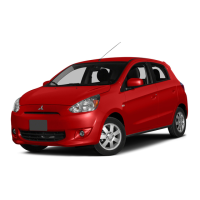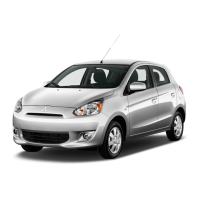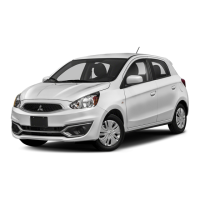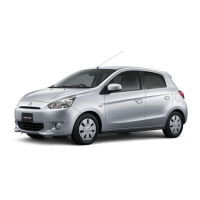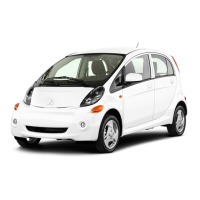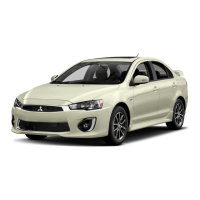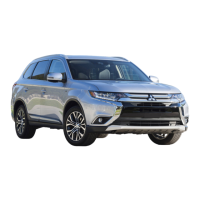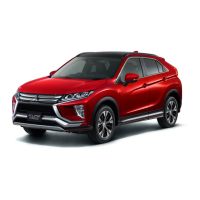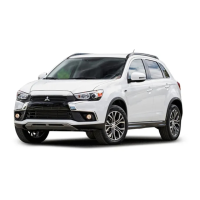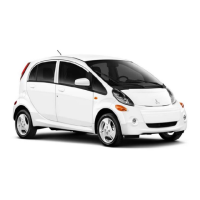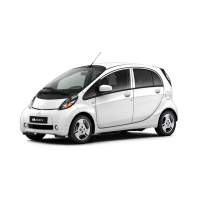The traction grades, from highest to lowest,
are AA, A, B and C. Those grades represent
the tire’s ability to stop on wet pavement as
measured under controlled conditions on
specified government test surfaces of asphalt
and concrete. A tire marked C may have poor
traction performance.
The temperature grades are A (the highest), B
and C, representing the tire’s resistance to the
generation of heat and its ability to dissipate
heat when tested under controlled conditions
on a specified indoor laboratory test wheel.
Sustained high temperature can cause the
material of the tire to degenerate and reduce
tire life, and excessive temperature can lead
to sudden tire failure. The grade C corre-
sponds to a level of performance which all
passenger car tires must meet under the Fed-
eral Motor Vehicle Safety Standard No. 109.
Grades B and A represent higher levels of
performance on the laboratory test wheel than
the minimum required by law.
N00939301984
Proper tire inflation pressure is essential for
the safe and satisfactory operation of your
vehicle. The wrong tire pressure will cause
problems in three major areas:
Safety
Too little pressure increases flexing in the
tire and can cause tire failure. Too much
pressure can cause a tire to lose its ability
to cushion shock. Objects on the road and
potholes could then cause tire damage that
may result in tire failure.
Economy
The wrong tire pressure can cause uneven
wear patterns in the tire tread. These
abnormal wear patterns will reduce the
tread life, and the tire will have to be
replaced sooner.
Too little pressure also makes it harder for
the tire to roll, and this uses up more fuel.
Ride comfort and vehicle stability
The superior riding experience built into
your vehicle partly depends on the correct
tire pressure. Too much pressure gives an
uncomfortable and jarring ride. Too little
pressure feels as if your vehicle is slow to
respond.
Unequal tire pressures can make steering
your vehicle uneven and unpredictable.
The tire pressure for your vehicle under nor-
mal driving conditions is listed on the placard
attached to the driver’s door sill.
(Refer to “Tire and loading information plac-
ard” on page 11-3.)
The recommended inflation pressures under
normal driving conditions should be used for
the tires listed below.
Tire pressures should be checked, and
adjusted if necessary, at least once a month.
Pressures should be checked more often
whenever weather temperatures change
severely, because tire pressures change with
outdoor temperatures. The pressures listed
are always “cold inflation pressure”.
Cold inflation pressure is measured after the
vehicle has been parked for at least three
hours or is driven less than 1 mile (1.6 km)
after having been parked for three hours.
Cold inflation pressure must not go above the
maximum values molded into the tire side-
wall. After driving several miles, your tire
inflation pressure may increase 2 to 6 psi (14
to 41 kPa) from the cold inflation pressure.
Do not let air out of the tires to get back to the
Traction
Temperature
Tire inflation pressures
Item Tire size Front Rear
Normal tire
165/65R14
240
kPa,
35 psi
240
kPa,
35 psi
175/55R15
220
kPa,
32 psi
220
kPa,
32 psi
Compact
spare wheel
T115/70D14 420 kPa, 60 psi
BK0235100US.book 15 ページ 2015年11月20日 金曜日 午後3時12分
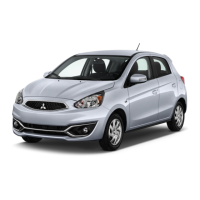
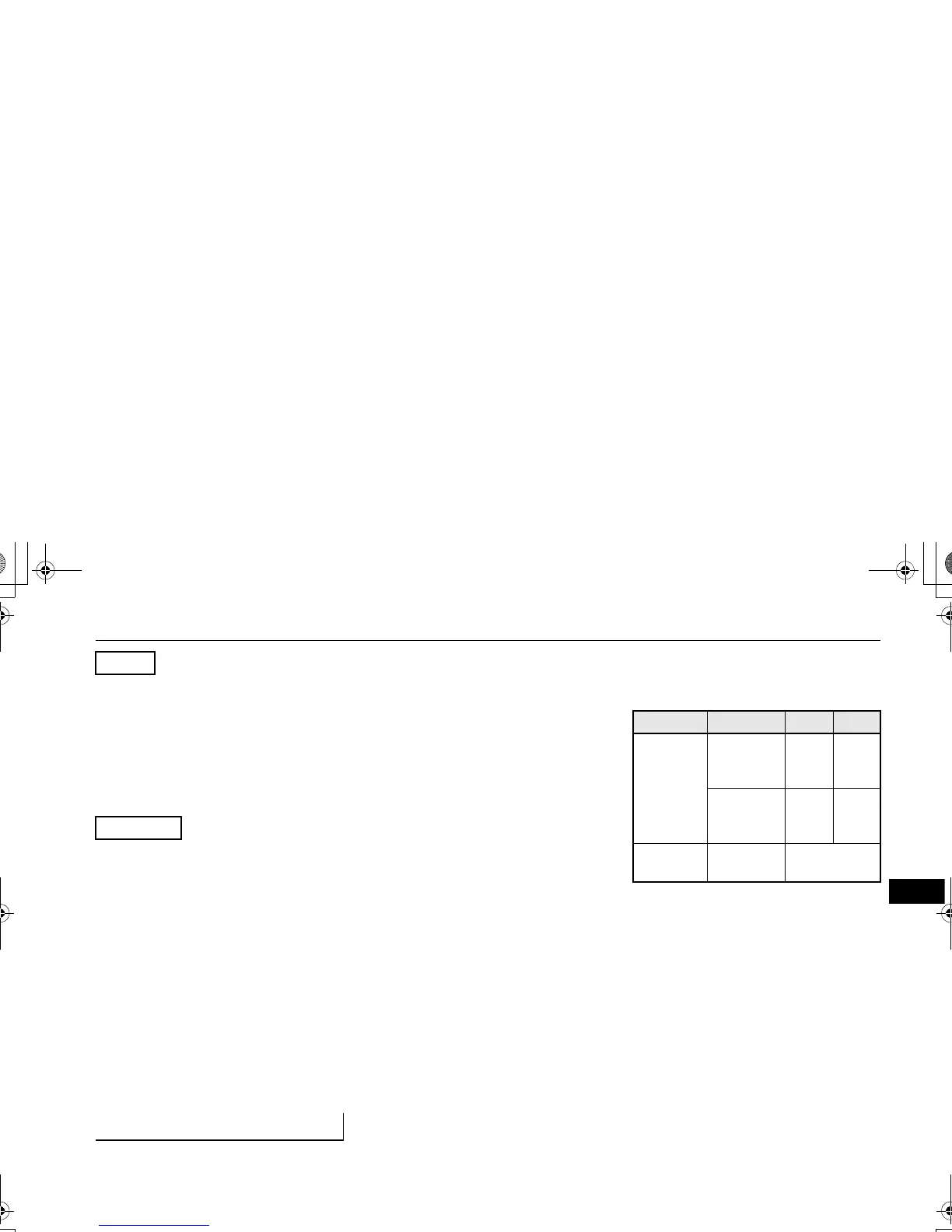